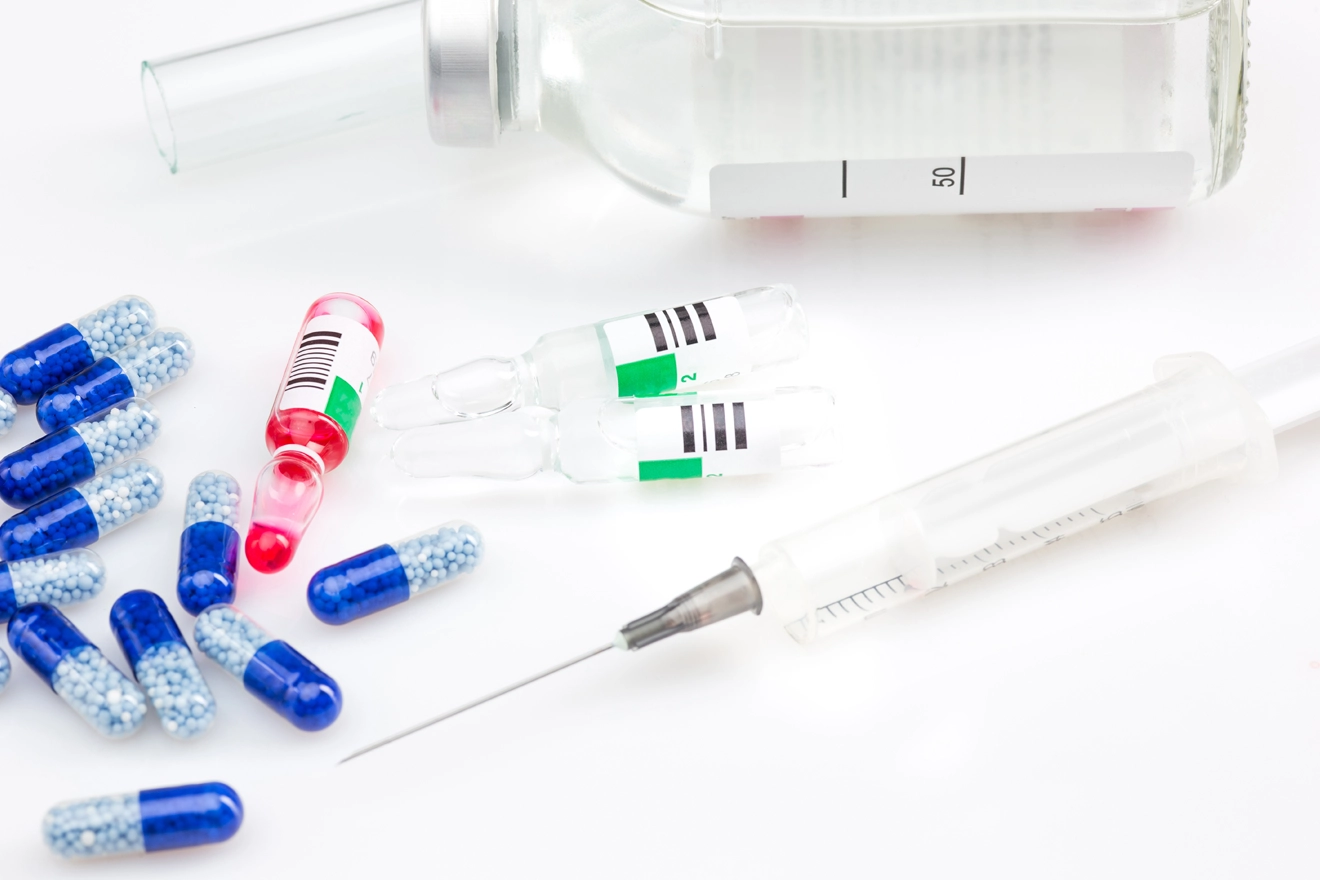
When it comes to measuring the success of a new medicine, the amount of time taken to complete the entire approval process becomes a crucial factor. With the growing need to speed up the market launch and address the unmet needs of patients, major global health authorities have in turn accelerated the drug approval processes. Half a way through 2017, they have approved a handful of innovative drugs giving a scope for many in pipeline. Besides health authorities adopting new drug approval procedures, is it the manufacturer’s Regulatory best practices that made it possible? Prior to that, let’s have a quick look at US FDA and Swissmedic’s increased drug approvals.
US FDA’s Accelerated Drug Approvals
The US Food and Drug Authority (FDA) is all prepared to step up its approval process. According to the FDA data, it takes an average of 10 months for a new drug to get approved. As per the reports, in the year 2008 FDA has approved only about 40 percent of new drug applications, and in 2012, the percentage rose to 60 percent. Consequently, 2015 and 2016 witnessed a major surge. Just half a through in 2017, FDA has already approved 14 new drugs which boasts the promising year ahead for new innovative drugs yet to be approved. This is because the agency has been working more closely with drug companies to facilitate the entire process and make it easier for them to get through without major hiccups.
Upsurge in Swissmedic Drug Approvals
The Swiss health authority has maintained an accelerated drug approval procedure that considers the industry’s need for a quicker product launch. Per the Swissmedic Annual Report 2016, the Agency approved 42 medicinal products with new active substances for the Swiss market, which represented a whopping 50% increase compared to its approvals in 2015. If we consider 2016 alone, Swissmedic completed 12,933 applications of 12,678 received. The rate of compliance with processing deadlines was rated at 99%, which duly proves that quality of dossiers which are aligned with the growing speed of review cycles. As health authorities getting ahead with faster review cycles and approvals, how can manufacturers take the credit for enabling it? It depicts manufacturers’ accuracy levels in tracking down the data to be compiled for submissions, clear-cut procedures that were kept ready for quicker validations and audits, and most importantly the quality, safety and efficacy of formulations to be approved.
At the outset, it is mostly a innovator’s responsibility to keep the data audit-ready and aligned with regional Regulatory requirements before being submitted. Best practices not only will accelerate approval rates but also enable to establish manufacturers in new markets in quick succession. Thus, it enables health authorities for quicker reviews and market authorizations without any hiccups. So, the manufacturer’s approach to be compliant right from the first step should also be given a due credit. Adopt Regulatory best practices, right from the first step. Get insights.









